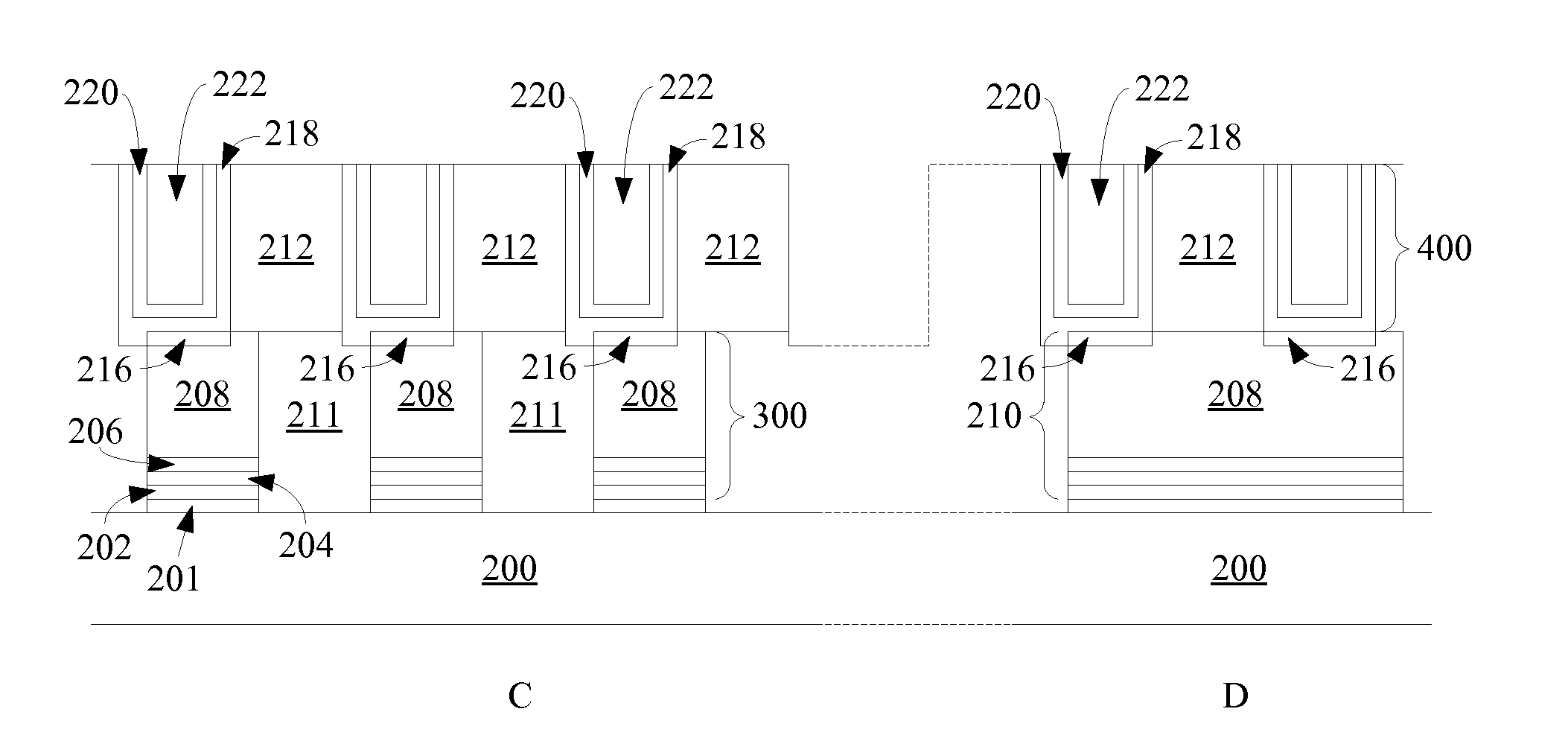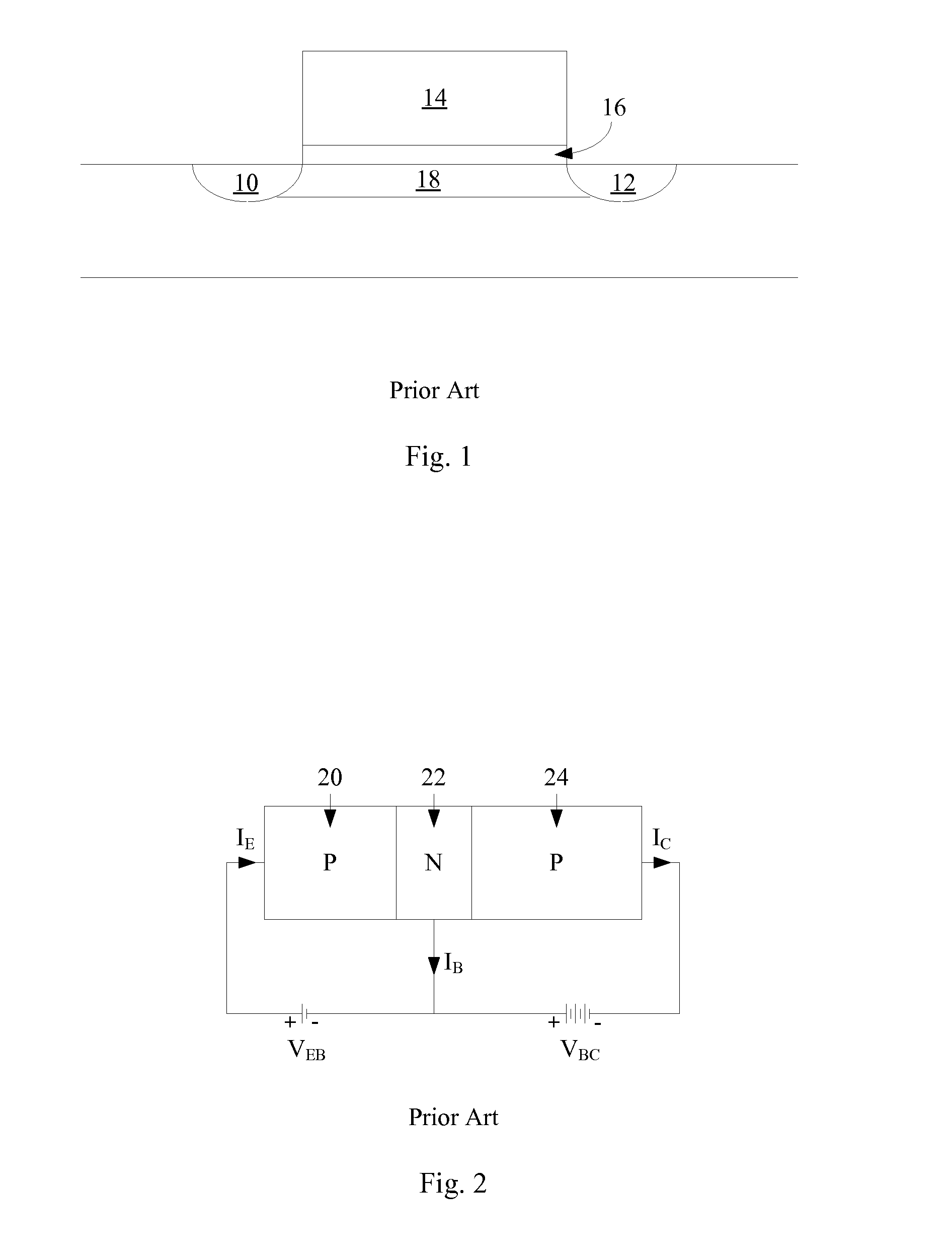Method to form low-defect polycrystalline semiconductor material for use in a transistor
a technology of polycrystalline semiconductors and transistors, applied in the direction of semiconductor devices, basic electric elements, electrical equipment, etc., can solve the problems of affecting the performance of thin film transistors, destroying or ruining the devices,
- Summary
- Abstract
- Description
- Claims
- Application Information
AI Technical Summary
Benefits of technology
Problems solved by technology
Method used
Image
Examples
first embodiment
Field-Effect Transistor
[0028]Turning to FIG. 3a, fabrication of the memory begins with a suitable substrate 100, for example a monocrystalline semiconductor material such as a conventional silicon wafer. An insulating layer 102 is formed over the substrate 100. Support circuitry, such as decoders and sense amplifiers, may be formed in the substrate before the memory is formed. In alternative embodiments, other substrates, such as silicon-on-insulator, glass, metal, or plastic, may be used instead.
[0029]A layer of silicon 104 is deposited on insulating layer 102 by any conventional method, for example by a chemical vapor deposition (CVD) method such as LPCVD. (For simplicity, this description will speak of the use of silicon for layer 104. It will be understood, however, that other semiconductor materials, preferably germanium or silicon-germanium alloys, may be used instead.) Silicon layer 104 may be any suitable thickness, for example between about 500 and about 4000 angstroms thic...
second embodiment
[0049]An alternative embodiment will be described in which a bipolar junction transistor is formed having its base in deposited silicon crystallized in contact with a silicide, preferably titanium silicide. In the example to be described, the bipolar junction transistors serve as switching elements in a monolithic three dimensional memory array in which each memory cell comprises a vertically oriented p-i-n diode paired with a dielectric rupture antifuse. Fabrication of an array of such memory cells is described in Herner, U.S. patent application Ser. No. 11 / 560,283, “Method for Making a P-I-N Diode Crystallized Adjacent to a Silicide in Series with A Dielectric Antifuse,” filed Nov. 15, 2006 and hereby incorporated by reference. Fabrication of this array including bipolar junction transistors as switching devices is described in more detail in Petti et al., the related application filed on even date herewith. To avoid obscuring the invention, not all of t...
PUM
 Login to View More
Login to View More Abstract
Description
Claims
Application Information
 Login to View More
Login to View More - R&D
- Intellectual Property
- Life Sciences
- Materials
- Tech Scout
- Unparalleled Data Quality
- Higher Quality Content
- 60% Fewer Hallucinations
Browse by: Latest US Patents, China's latest patents, Technical Efficacy Thesaurus, Application Domain, Technology Topic, Popular Technical Reports.
© 2025 PatSnap. All rights reserved.Legal|Privacy policy|Modern Slavery Act Transparency Statement|Sitemap|About US| Contact US: help@patsnap.com



